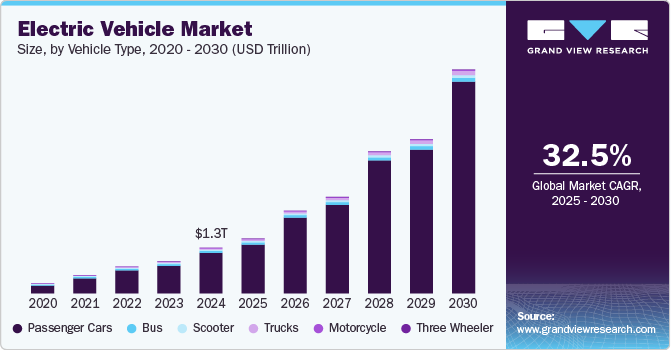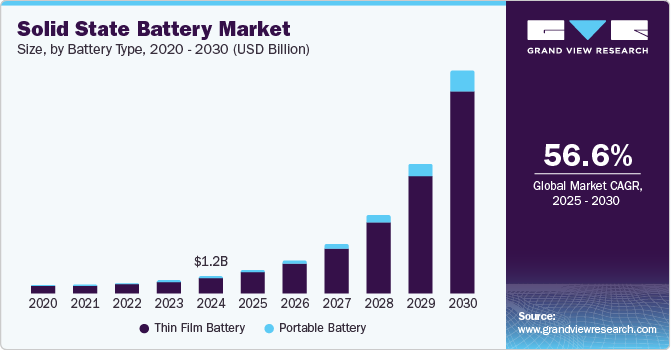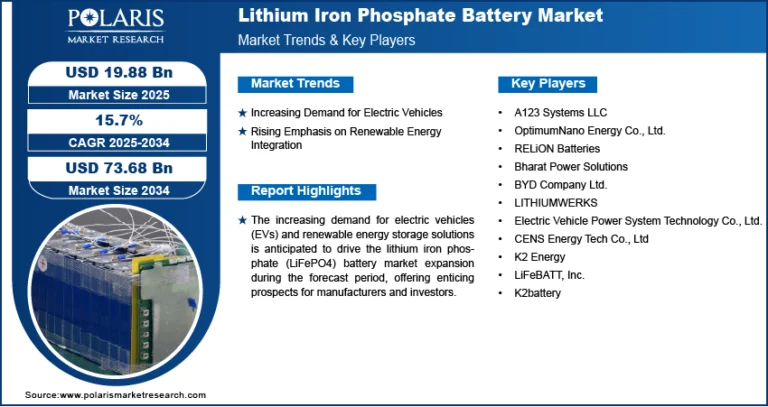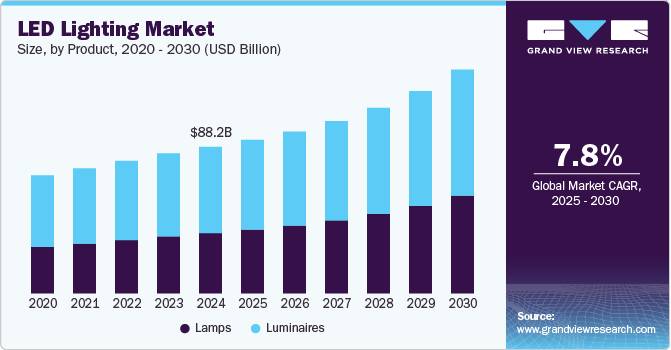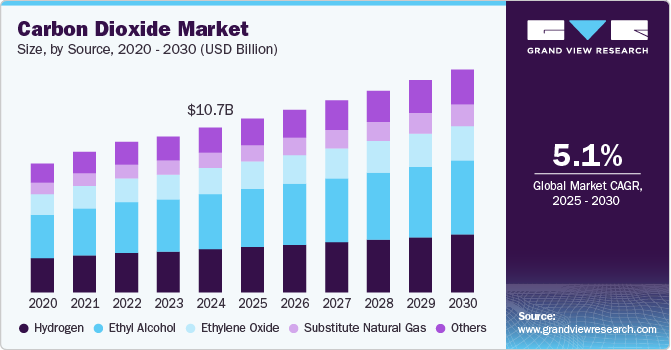5G Chipset Market is expected to be worth USD 249.8 billion by 2034, expanding at a CAGR of 23.40%.
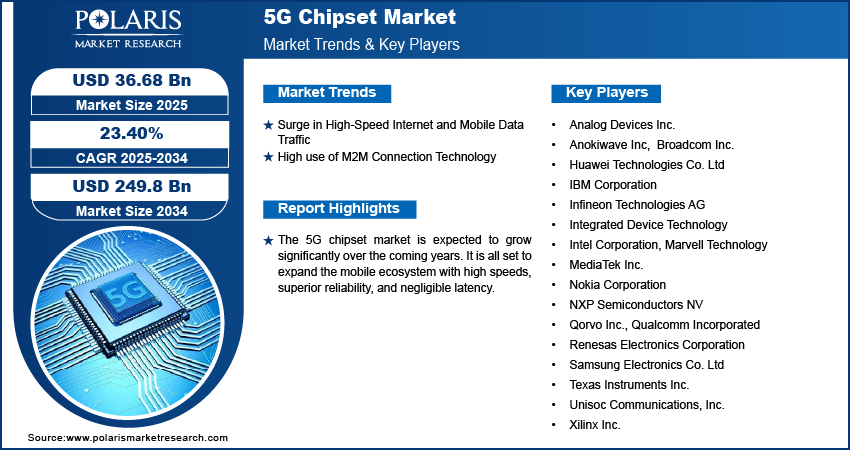
The global 5G chipset market was valued at USD 29.7 billion in 2024 and is anticipated to grow at a CAGR of 23.40% from 2025 to 2034. The market is expanding rapidly due to the global rollout of 5G infrastructure and connected devices.
5G Chipset Market Trends & Insights:
- Proliferation of 5G-Enabled Devices: Rapid increase in 5G smartphone adoption and connected devices is accelerating chipset demand.
- Edge Computing & AI Integration: 5G chipsets are increasingly optimized for AI processing and edge computing to support real-time data applications.
- Expansion of mmWave and Sub-6 GHz Bands: Chipset designs are evolving to support multiple frequency bands for enhanced coverage and performance.
- Rise of Industrial 5G Applications: Adoption of 5G in manufacturing, automotive, healthcare, and logistics is opening new market avenues for chipsets.
- Miniaturization and Power Efficiency: Development of smaller, energy-efficient chipsets is a major focus to enable compact devices and reduce thermal issues.
Market Size & Forecast
Market size value in 2025 USD – 36.68 billion
Revenue forecast in 2034 USD – 249.8 billion
CAGR – 23.40% from 2025 – 2034
Request for Free Sample:
https://www.polarismarketresearch.com/industry-analysis/5g-chipset-market/request-for-sample
5G Chipset Market Overview:
The 5G Chipset Market is witnessing exponential growth driven by the global rollout of 5G networks, increasing demand for high-speed connectivity, and the rising integration of 5G technologies across various industries. 5G chipsets serve as the backbone of next-generation wireless communication, powering smartphones, IoT devices, base stations, autonomous vehicles, and smart infrastructure.
Market Growth Drivers:
- Global 5G Deployment: Nationwide rollouts of 5G infrastructure are driving demand for both network and device-level chipsets.
- IoT Ecosystem Growth: The expansion of smart homes, cities, and industrial IoT applications requires robust, high-speed connectivity enabled by 5G chipsets.
- Increased Data Consumption: Rising demand for ultra-fast data, 4K/8K streaming, and cloud gaming supports the growth of high-performance 5G chipsets.
- Autonomous Vehicle Advancements: The need for real-time communication in autonomous and connected vehicles boosts chipset innovation.
- Supportive Government and Regulatory Initiatives: Global policies and funding to promote 5G infrastructure and research are accelerating chipset adoption.
Market Challenges:
- High Development Costs: Designing and manufacturing advanced 5G chipsets requires significant R&D investment and sophisticated fabrication technologies.
- Thermal and Power Management Issues: 5G Chipset often face heat dissipation and battery drain issues, especially in mobile and wearable applications.
- Supply Chain Disruptions: Shortages in semiconductor manufacturing and global supply chain constraints can impact chipset availability and pricing.
- Fragmented Spectrum Regulations: Variability in global spectrum allocations and standards can complicate chipset design and deployment across regions.
- Security and Compatibility Concerns: Ensuring security and seamless interoperability between devices and networks remains a technical and regulatory hurdle.


